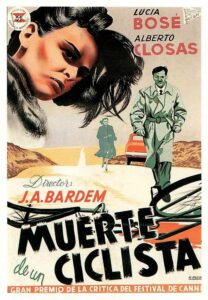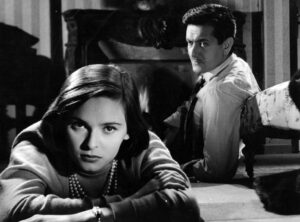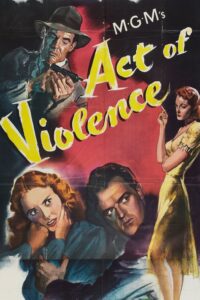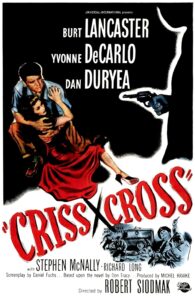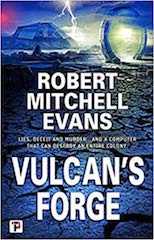.
Set some twenty-odd years after the events of The Maltese Falcon Monsieur Space follows famed private detective Sam Spade (Clive Owen) as a retired man of luxury in the South of France. Originally drawn to the small village of Bozouls fulfilling a task for a former flame Sam has settled into a comfortable life but dogged by loss. When brutal murders at as local orphanage, a missing child, and the teenage daughter of his former love becomes intertwined Sam is forced to once again practice his profession in a town bursting with secrets worth killing over.
Co-created by Scott Frank (The Queen’s Gambit) and Tom Fontana (Oz) this series has the writing pedigree to be peak television but sadly stumbles right at the finish line.
Clive Owen does a quite good job in his portrayal of Spade, a man who has suffered too much emotional trauma and wants nothing more than to swim in his pool, alone. The cast, a collection of French and British actors for the most part, are well suited for their roles and inhabit their diverse, complex, and secretive lives quite well. The problem with the series really lives in the final episode.
It is said that every story begins with a promise. A contract between the teller and audience about what sort of story is being shared and violating that contract loses the audience. Genre often cements the nature of that promise. With detective fiction an element of that promise is that the detective will by reason, logic, and pure skill, untangle to the web of lies revealing the truth. Holmes will explain it all to Watson and justice arrives with our satisfaction.
Monsieur Spade breaks this inherent promise of mystery stories. The final episode, seemingly in a mad rush to wrap up all story and plotline before the hour has ended, resolves by nearly a Deus ex machina sidelining the protagonist with Spade no more essential to the resolution that the police detectives lectured by the private detective. Frank and Fontana are talented writers with enormous gifts for character and story, so this collapse of basic writing seems far out of character. Television and film are complex mediums for telling stories and all sorts of events can intrude on a production forcing last minute changes that degrade the final product. Perhaps that is what happened here. Whatever the cause Monsieur Spade after flying true for several episodes untimely missed the target entirely.
Monsieur Spade streams on AMC+.
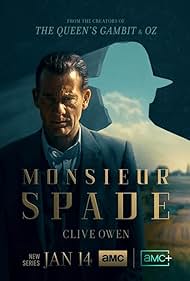

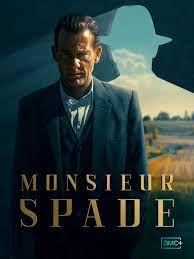
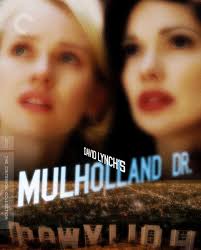 .
.
